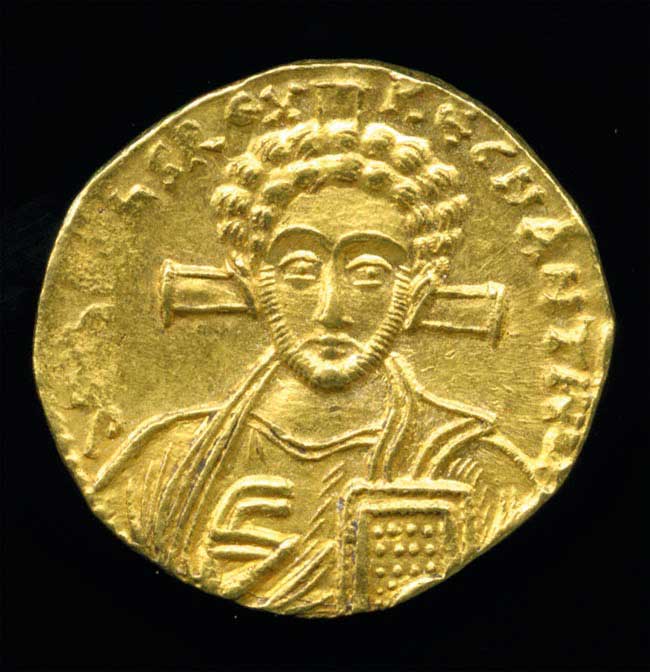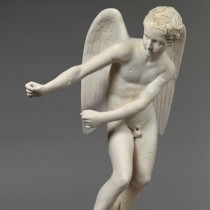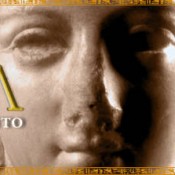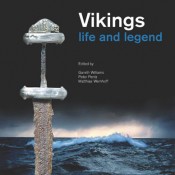Some of the most famous stories in the Bible revolve around coins. From the widow’s humble mite to Judas’s thirty pieces of silver, writers and translators used coin terms which were relevant to with the time and place of the readership to make the narrative more understandable to its audience. In turn, the words of the Bible helped inspire the first Christian symbols on coins.
The exhibition “Coins and the Bible”, which has opened on May 17, at the British Museum, explores both the history of money in biblical times, and shows how the Bible influenced the development of Christian images and symbols, particularly on coins.
In the first section the exhibition considers how money was referred to in the Old Testament. Payments were recorded in shekels; these were not coins but units of weight. The term shekel grew out of this tradition, and first came into the English language via the Hebrew Bible, where the phrase is used in the Book of Genesis. Similarly today, the pound is both a weight and a British coin. At the time of the Old Testament, various items were used as ‘money’ for payments before the invention of coinage, such as metals, and were used in exchange often according to set values by weight or volume.
With the New Testament we jump forward several centuries to find a rich source for how Roman, Jewish and Greek society used money in the 1st century AD. This can range from the most humble coppers of the poor widow (Mark 12:42-4) to the various pieces of silver needed to pay the taxes both of Caesar and the Temple. Examples of this range of Gospel money can be seen in the exhibition, ranging from a tiny copper made in Pontius Pilate’s Jerusalem, to thirty shekels of Temple silver.
In the exhibition, we look at how the visual language of Christian art, with its rich symbolism, was developed from a culture based initially on the written word. An early form of decoration in both the Bible and other media were monogram symbols derived from Greek letters. In the exhibition, these are presented on the coinage of the first Christian emperor, Constantine the Great (AD 306–37) and his successors. The cross itself (as opposed to monograms) came later, as did the image of Jesus himself. The Jesus of late Roman art appears more like the contemporary clean-shaven emperors of the time; the bearded image would develop in Byzantine times. The first image of Jesus on a coin appears from about AD 450 and this is kindly on loan from the Hunterian Museum, Glasgow especially for the display. The British Library is also contributing some early Biblical fragments on papyrus and vellum to the exhibition. These will help to illustrate how the Bible was written on scrolls in early Christian times, and how this abbreviated text influenced the early artistic expressions of the faith on coins.
The exhibition also includes the British Museum’s famous ivory panel from the early AD 400s depicting the earliest narrative portrayal of the Crucifixion with this very same Roman-type Jesus. Appropriately the panel also includes an image of the most infamous purse in history. Filled with thirty pieces of silver, the price of betrayal lies by the feet of the hanged Judas. Even at this early phase of artistic development, money had become one of the instruments of the Passion.
Duration: May 17-October 20, 2013





